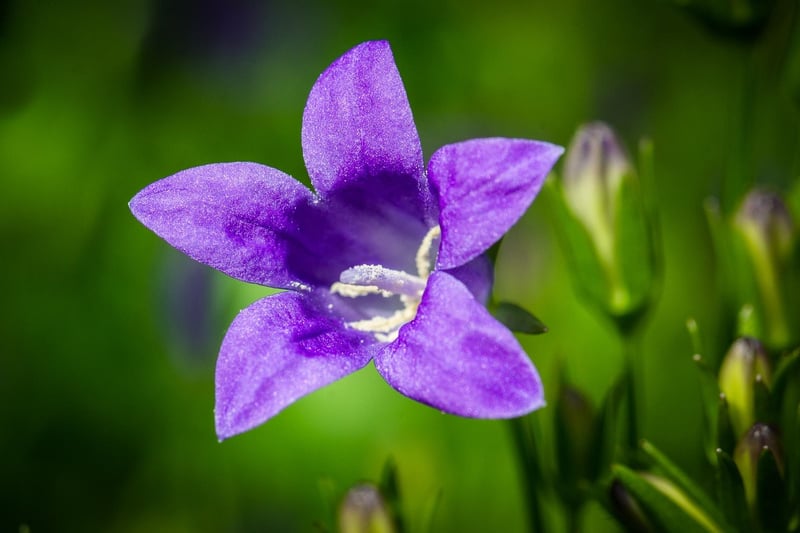Light requirements
Caring for Your Plants: Understanding Light Requirements
Plants are a wonderful addition to any home, bringing life and freshness to your living space. However, to keep your plants healthy and thriving, it's essential to understand their light requirements. Different plants have varying needs when it comes to sunlight, so here is a guide to help you care for your plants effectively.
1. Assess Your Home's Lighting Conditions
Before selecting plants for your home, assess the lighting conditions in different areas. Observe how much natural light each room receives throughout the day. Typically, south-facing windows receive the most sunlight, while north-facing windows receive the least.
2. Understand Plant Light Requirements
Plants are categorized into three main groups based on their light requirements:
a. High Light Plants
- Require direct sunlight for several hours a day.
- Ideal for south-facing windows.
- Examples include cacti, succulents, and many flowering plants.
b. Medium Light Plants
- Thrive in bright, indirect light.
- Can be placed near east or west-facing windows.
- Examples include pothos, peace lilies, and spider plants.
c. Low Light Plants
- Can survive in minimal light conditions.
- Best suited for north-facing windows or interior spaces with fluorescent lighting.
- Examples include snake plants, ZZ plants, and ferns.
3. Rotate Your Plants
To ensure even growth, rotate your plants regularly. This helps all sides of the plant receive adequate sunlight, preventing it from leaning towards the light source.
4. Supplemental Lighting
If your home lacks natural light, consider using grow lights to supplement your plants' light requirements. LED grow lights are energy-efficient and can provide the necessary light spectrum for plant growth.
5. Monitor Your Plants
Observe your plants regularly for any signs of light deficiency or excess. Yellowing leaves may indicate too much light, while leggy growth suggests insufficient light. Adjust the placement of your plants accordingly.
By understanding and meeting your plants' light requirements, you can create an optimal environment for them to thrive. With the right amount of light, your plants will flourish and bring beauty to your home.

Remember, each plant is unique, so research the specific light requirements of the plants you own to provide them with the best care possible.
